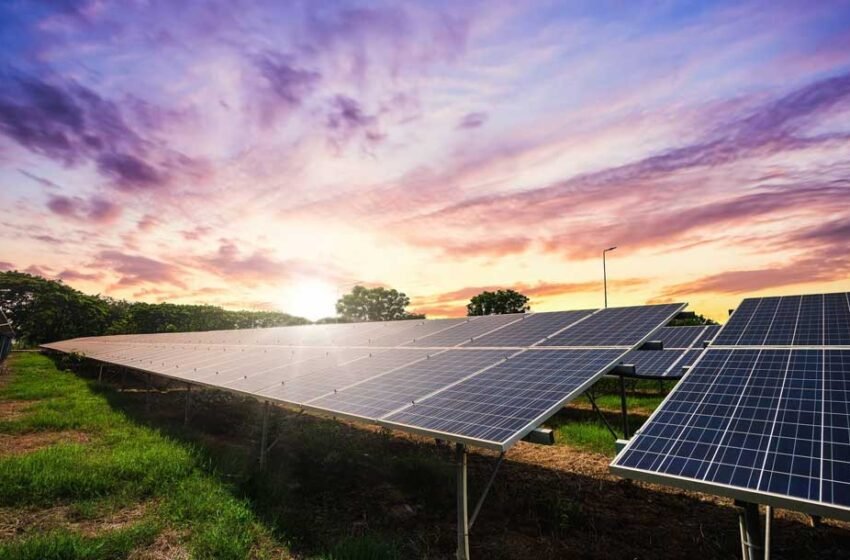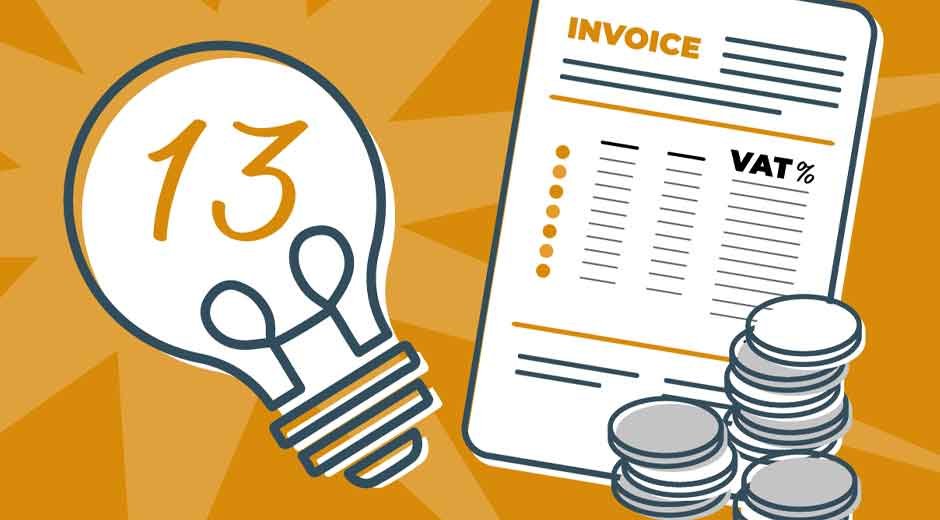Different Types of Solar Energy Storage Systems: A Guide to Efficient Alternatives

Overview of Solar Energy Storage Systems
Solar energy storage systems play a crucial role in effective solar PV systems. They allow you to store excess energy generated from solar panels, making it available for use when sunlight isn’t available. Let’s explore the importance of energy storage, key components, and how it supports power outages.
Importance of Energy Storage in Solar PV Systems
Energy storage is vital for maximizing the benefits of your solar PV system. During sunny days, your solar panels may generate more energy than you need. Instead of wasting that energy, storage systems capture it for later use.
This allows you to have a reliable energy supply during periods of low sunlight, like cloudy days or nighttime. Additionally, energy storage helps you save money by reducing reliance on grid power. By using stored energy, you can avoid high electricity rates during peak hours.
Key Components of Solar Energy Storage
Your solar energy storage system typically consists of several key components:
- Batteries: These are the primary storage devices, storing excess solar energy in chemical form. Lithium-ion batteries are common due to their efficiency and longevity.
- Inverters: These devices convert the stored energy from DC (direct current) to AC (alternating current) for use in your home.
- Charge Controllers: They regulate the charging and discharging of batteries, preventing overcharging or deep discharging which can harm battery life.
By understanding these components, you can better appreciate how they work together to enhance your solar energy experience.
How Energy Storage Supports Power Outages
Solar energy storage systems can be lifesavers during power outages. When the grid goes down, your stored energy allows you to continue using electricity for essential appliances like refrigerators and lights.
Many modern systems can automatically switch to battery power when an outage occurs. This means you won’t have to worry about losing power when you need it most. Depending on the size of your battery system, you can continue running critical devices for several hours or even days.
With energy storage, you gain more control over your energy use and can ensure that your home remains powered during unexpected interruptions.
Battery Types for Solar Energy Storage
When considering solar energy storage, it’s important to know about different battery types. Each type has its own strengths and weaknesses, which can affect your choice based on your needs.
Lithium-Ion Batteries and Their Advantages
Lithium-ion batteries are among the most popular choices for solar energy storage. They are known for their high energy density, meaning they can store a lot of power in a small space.
Advantages of Lithium-Ion Batteries:
- Long Lifespan:They can last 10-15 years, providing reliable energy over time.
- Efficiency:These batteries have a high charge and discharge efficiency, often over 90%.
- Low Maintenance:They require less upkeep compared to other battery types.
With these benefits, lithium-ion batteries are ideal for many households looking to maximize their solar energy use.
Understanding Lead-Acid Batteries
Lead-acid batteries have been a traditional choice for solar storage, known for their simplicity and cost-effectiveness. They come in two main types: flooded and sealed.
Key Features of Lead-Acid Batteries:
- Cost:Generally, they are cheaper to purchase, making them accessible for many users.
- Weight:Lead-acid batteries are heavier, which can affect installation.
- Shorter Lifespan:They usually last around 5-7 years, which is less than lithium-ion.
While lead-acid batteries are reliable, their shorter lifespan and lower efficiency can be limitations for those seeking long-term solutions.
Lithium Iron Phosphate Technology
Lithium Iron Phosphate (LFP) batteries are a specific type of lithium battery. They are known for their safety and longer lifespan compared to standard lithium-ion batteries.
Highlights of LFP Batteries:
- Safety:LFP batteries are less prone to overheating, making them safer in various conditions.
- Longevity:They can last over 10 years, offering durability for your solar system.
- Performance:They maintain consistent performance, even under high temperatures.
These features make LFP batteries an excellent option for users focused on safety and long-term investment.
Choosing the Right Solar Battery
Selecting the best battery for your solar energy system depends on various factors. Start by evaluating your energy needs, budget, and space.
Considerations When Choosing:
- Capacity:Look at how much energy you need to store for daily usage.
- Budget:Balance between upfront costs and long-term savings.
- Space:Ensure your chosen battery fits in the area you have available.
Assessing these factors will help you make an informed choice that best suits your solar energy goals.
Key Technologies in Solar Energy Storage Systems
In solar energy storage systems, various technologies work together to optimize energy use. Understanding these technologies helps you make informed choices for efficient energy storage.
Role of Hybrid Inverters
Hybrid inverters play an essential role in solar energy systems. They combine functions of a solar inverter and a battery inverter. This means they can manage both solar power generation and energy storage.
With a hybrid inverter, you can use solar energy in real-time while also storing excess energy for later use. This dual function can help you maximize savings on your energy bills.
Some benefits of hybrid inverters include:
- Seamless energy management: Automatically switches between solar, battery, and grid power.
- Flexibility: Can be used with different types of batteries and solar panel systems.
By investing in a hybrid inverter, you gain better control over your energy consumption.
How Charge Controllers Work
Charge controllers are vital for managing the energy from solar panels to batteries. They ensure batteries charge efficiently and protect them from overcharging. By regulating the voltage and current, they help extend your battery’s lifespan.
There are different types of charge controllers, including:
- PWM (Pulse Width Modulation): This type is simpler and less expensive. It gradually reduces the amount of power sent to the battery.
- MPPT (Maximum Power Point Tracking): These are more advanced and can harvest more energy from solar panels. They adjust the input to maximize energy transfer.
Using a charge controller ensures your energy storage system is safe and reliable, making it an important component.
Integration with Solar Inverters
Integrating your energy storage system with solar inverters is crucial for optimal performance. This integration allows your solar panels to work together with the battery system effectively.
When connected properly, energy generated from your solar panels flows into the battery for storage. This setup ensures you have energy available when sunlight is low or during peak times.
Key aspects of integration include:
- Data management: Monitors energy flow and usage, helping you understand your consumption.
- Increased efficiency: Maximizes the use of solar power instead of relying on the grid.
A well-integrated system enhances your energy independence and can save you money in the long run.
On-Grid vs Off-Grid Solar Energy Storage Solutions
Understanding the differences between on-grid and off-grid solar energy storage solutions is important for choosing the right system for your needs. Each option has its own unique features, benefits, and limitations.
Features of Off-Grid Systems
Off-grid systems are completely self-sufficient. They do not connect to the main power grid. Instead, they rely on solar panels to generate electricity and store the energy in batteries. This means you can use solar energy even when the sun isn’t shining.
Key Features:
- Energy Independence:You can rely on your own energy supply.
- Battery Storage:High-capacity batteries store excess energy for use during cloudy days or at night.
- No Monthly Bills:You avoid utility costs, although there are initial setup expenses.
These systems are ideal for remote areas or for those who want to be less dependent on utility companies.
Benefits and Limitations of On-Grid Systems
On-grid systems connect to the electric grid. This allows you to receive electricity from your utility when your solar panels aren’t producing enough power.
Benefits:
- Lower Upfront Costs:You don’t need extensive battery storage, making it cheaper to install.
- Net Metering:You can sell excess energy back to the grid, potentially earning credits.
- Reliability:When solar production is low, the grid provides backup.
Limitations:
- Dependence on the Grid:You are tied to utility rates and outages.
- Less Energy Independence:You may still receive bills, especially if you use more power than generated.
Choosing between these systems depends on your location, budget, and how much energy independence you desire.





